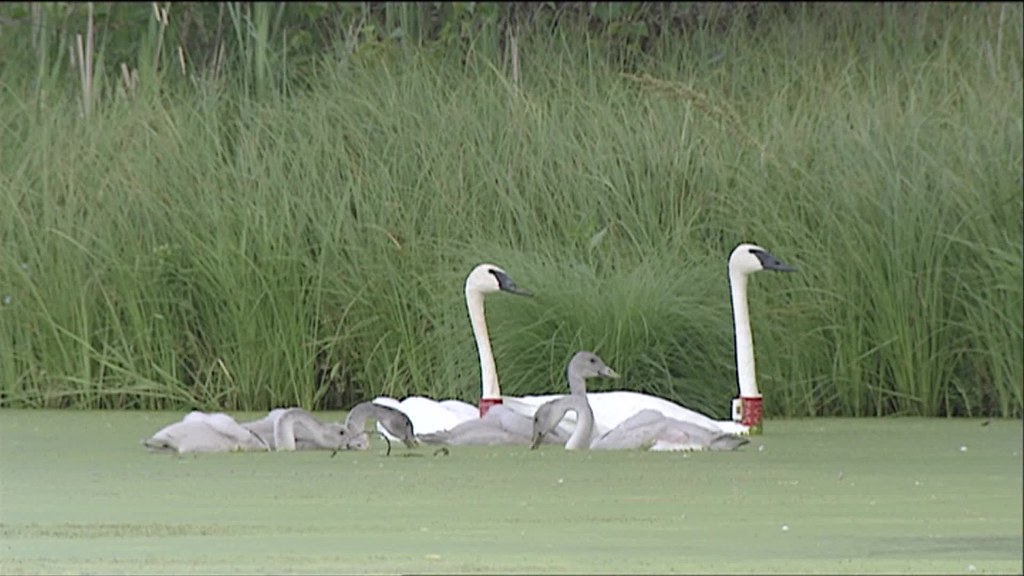I want to talk about zoos today. They were a standard of my childhood, and I continued this tradition with my children. Zoos come in a variety of different kinds, and span a surprising amount of our history. Let’s go ahead and dive right into it.
Zoos started out as private menageries of the wealthy and elite. These days they are maintained in order to help educate the public. In addition to helping people learn about different ecosystems and habitats, zoos also help further research, as well as assisting in captive breeding programs and habitat restoration.
The earliest accounts of menageries date back more than 4,000 years. We have accounts of them in Ancient Egypt, the Aztec Empire, Ancient Rome, Mesopotamia, Ancient China, and other locations. While menageries were made to accommodate curiosity, and nature preserves were established to create hunting grounds, we also have evidence of animals kept for research dating back to 500 BCE in Greece. Ecosystem exhibits with native plants to match the animals on display are documented dating back to 704-681 BCE in Mesopotamia. We have always found animals beautiful and fascinating. Over time, we have learned better ways of taking care of captive animals, allowing us to help increase animal populations instead of constantly decreasing populations by removing animals from the wild.
Our interest has not been limited to land animals. We have evidence of aquariums dating back to the Roman Empire. While we had the technology to use glass to make aquariums that one could see through as early as 50 AD, most aquariums were of the top-down variety until the mid-19th century.
It was around this time that plants started being included in aquariums. In 1850, chemist Robert Warrington published a paper stating that keeping live plants in the aquarium would provide enough water to sustain live fish, provided that the tank was not overpopulated. Between this new knowledge and the consistent availability of affordable glass, aquariums became increasingly popular. There are now a great variety of amazing aquariums in the world, both fresh and saltwater. Some aquariums are so complex that they mimic entire ecosystems.
Birds have been kept since ancient times as well, in structures called aviaries. From beautiful birds kept for decorations, to farm birds, to birds for carrying messages or hunting, humans have kept birds close. Aviaries can come in many shapes and sizes, depending on the birds that are being kept there. While they focus on specific ecosystems, it is common to keep multiple species together in the same enclosure. Aviaries are very large these days, able to accommodate free flight.
While research has revealed that birds are related to reptiles, they are usually housed in different structures. By the time we realized this, the separation of enclosures into aviaries and herpetariums was already standardized. Herpetariums are houses for keeping reptiles and amphibians, though they may also include arthropods such as spiders and insects. Reptile houses have traditionally been the heart of herpetariums. Reworking zoos to merge aviaries and herpetariums is a costly endeavor, so they will likely continue to be separate at existing zoos.
Modern zoos are centers of education, research, and conservation efforts. People are motivated to help preserve things that they have a personal connection to. Education in general, and zoos in particular, are great ways to make those connections. Once you have had a chance to see, hear, or touch something in person, you become much more invested in it than when you see it only in pictures or videos.
Zoos support research aimed at preserving habitat for endangered species. By providing a refuge free for predators that also has veterinary care, zoos are able to help stabilize endangered populations. Research can look like tracking the source of pollution in an area to mapping the genetic diversity of a species to help maintain genetic diversity.
By sharing this information with other institutions, zoos are able to advance conservation efforts around the world. Through careful management of genetic diversity for animals in captive breeding efforts, zoos are able to help endangered species recover. Isolation due to habitat fragmentation can make it difficult to functionally impossible for animals to find mates. By setting up captive breeding programs, researchers are able to preserve biodiversity in the population to help avoid genetic bottlenecks.
The Minnesota Zoo participated in the captive breeding of Trumpeter Swans, as well as their introduction into the wild. In 1980, the Minnesota Zoo acquired its first set of Trumpeter Swans to establish a captive breeding program. After the pairs laid their first clutch, zoo staff would remove the eggs and raise them in incubators. The swans would then lay a second clutch of eggs, which were left in the nest for the swans to raise. These captive-raised swans were released in 1986. They were 22 months old and had their wings clipped in the hopes that they would nest in the area. This also allowed researchers to monitor the nests. The goal was to have 10 established wild breeding pairs in the state by 1996. Between the MN Zoo, the MN DNR, and the Three Rivers Park District, over 350 birds were released into MN. As of 2011, there were roughly 6,000 wild-breeding Trumpeter Swans in MN.

I hope that this post has helped you to understand a bit more about zoos. My family and I continue to visit zoos both locally and when we travel. Each zoo has its own research focus, and I love having a chance to learn what each institution is supporting. Stay warm, and consider visiting a zoo sometime this year!
None of the photos used were altered from their original format.
